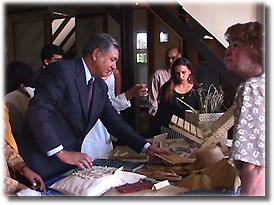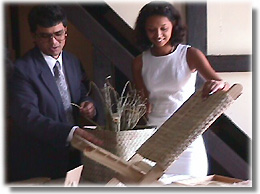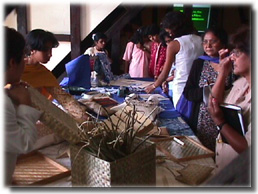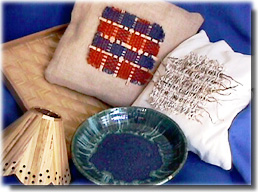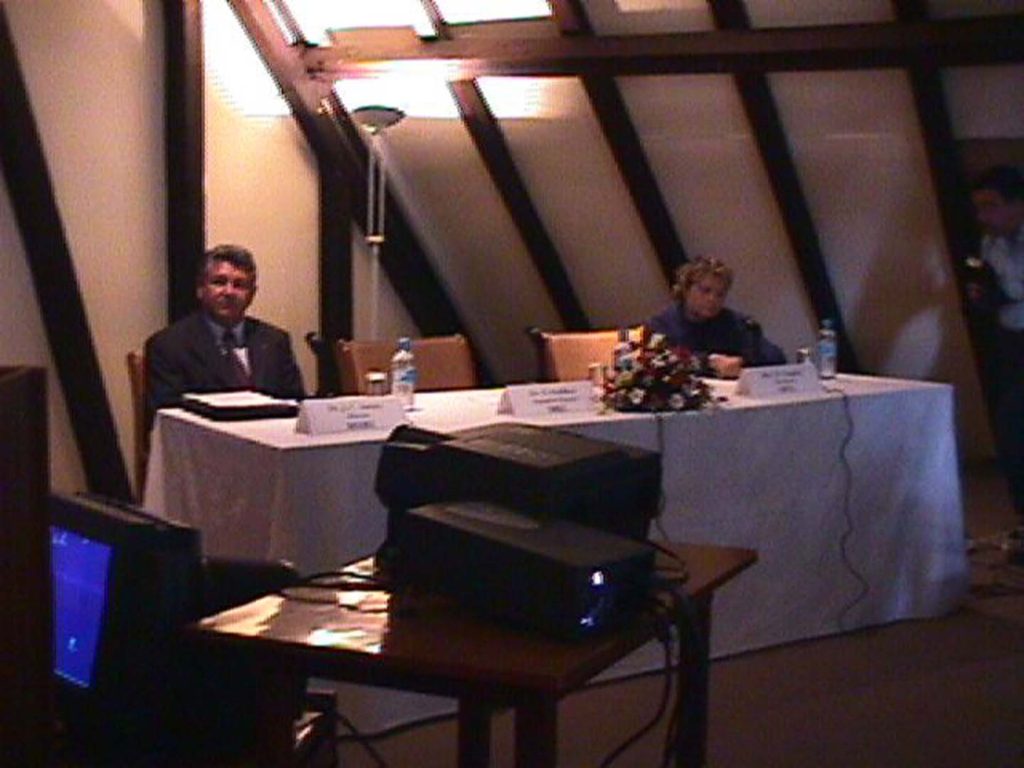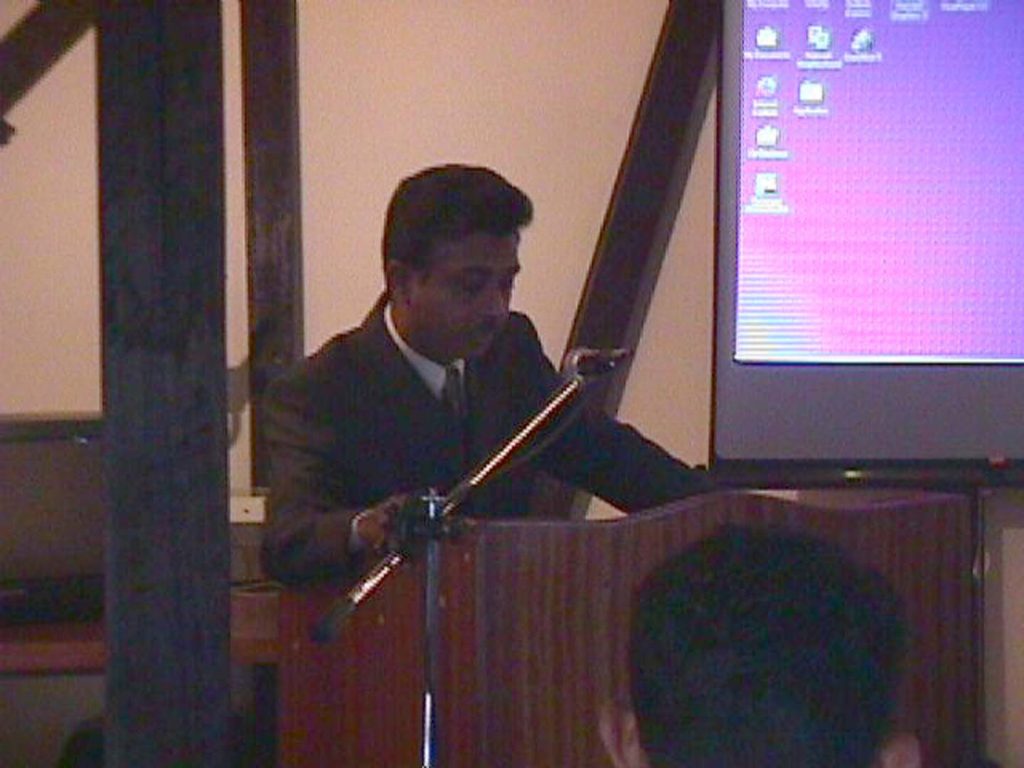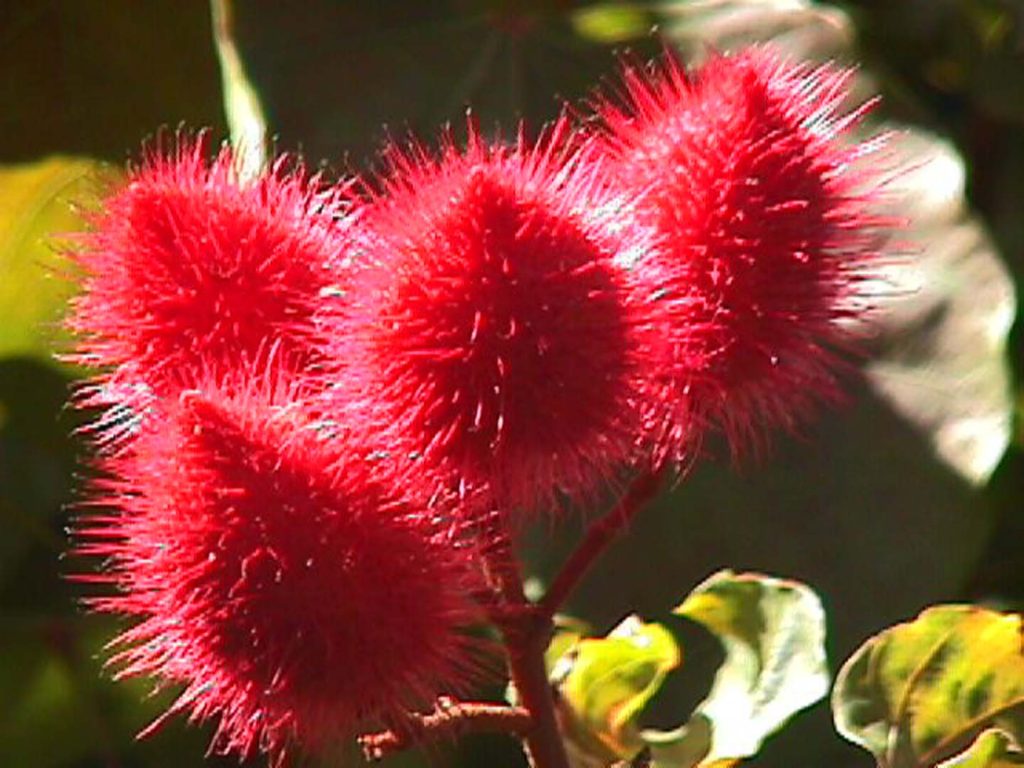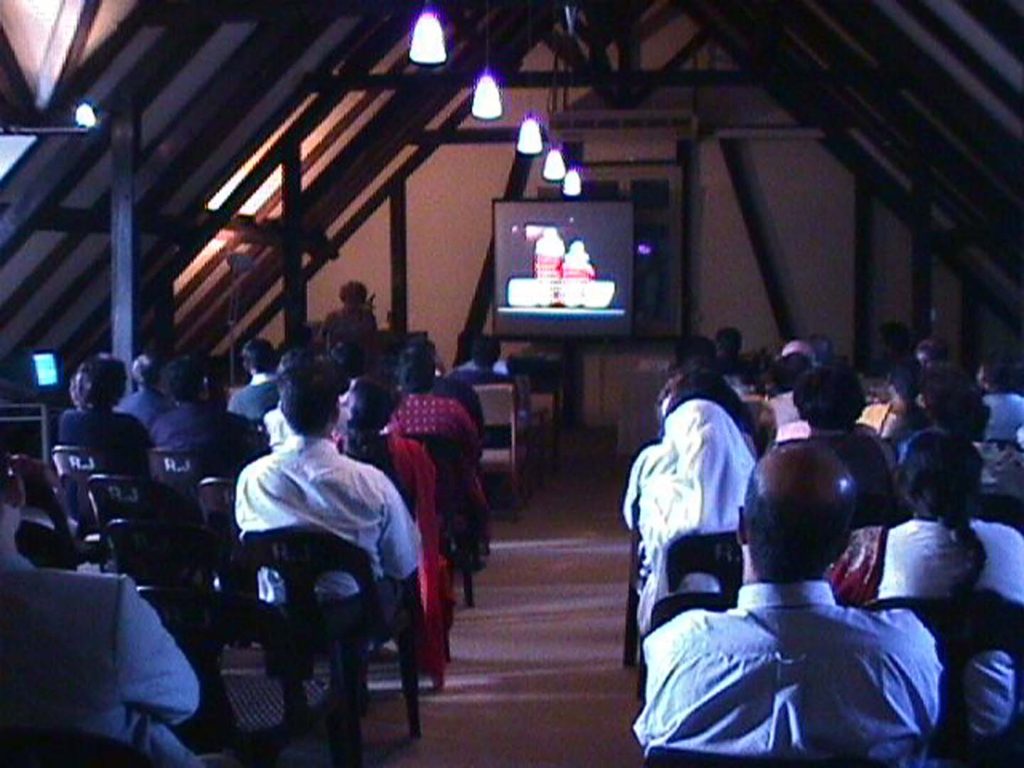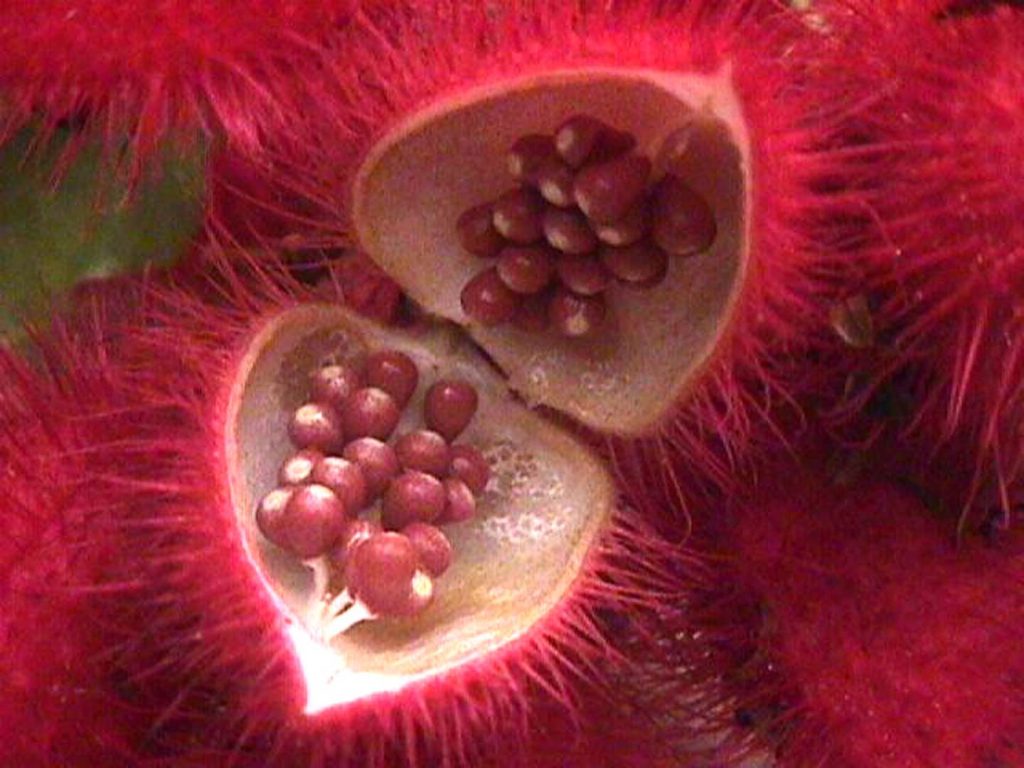This month’s update of July the focus was placed on applied research on Fibre extracts for Designer-products with a Mauritian identity. The objectives of this study were virtually presented at a morning Seminar/Workshop that took place on Friday 28th July.
The brief address of the SPES honorary chairman, Helena Langlois, is being transcribed below at it summarizes the environmentally-friendly project:
“A very Good Morning to you all and thank you for showing an interest in our environmentally-friendly project on plant fibres and their multiple uses.
As co-ordinator of this study, I can assure you, that it was a great challenge and an immense pleasure for a small non-profit Non Government Organisation like SPES to carry out applied research with financial support from the forward-thinking MAURITIUS RESEARCH COUNCIL (MRC), and have as a partner the well-established and prestigious MAURITIUS SUGAR INDUSTRY RESEARCH INSTITUTE (MSIRI) which provided invaluable botanical support.
Being high-tech minded SPES also made good use of Internet for relevant data for this study.
Our joint aim was to investigate the indigenous and exotic plants of Mauritius and their potential for the production of fibres suitable for craft industries and other commercial enterprises.
The unorthodox and modern character of this holistic project was probably a premiËre in Mauritius, at least in the new Millennium, as this ecologically oriented study integrated : NATURE, SCIENCE, ART, HANDCRAFTS and ADVANCED HIGH-TECH METHODOLOGIES, for connectivity between Design, production techniques, virtual photographic recording of plants growth, fibre and dye extraction and processing, proto-type making, market-testing and the whole finally linked in a relational data-base to facilitate user-friendly access to information and above all help bridge the present digital divide and hopefully contribute to a New Generation Creative Employment.
To be noted that it is thanks to the SPES non-profit vocational training for the past 33 years, that this study’s designer proto-types were able to be created by our skilled team of 40 mastercraftsmen and women, who are well-versed in diversified fields such as: spinning, weaving, knitting, embroidery, silkscreening, pottery, metal and wood-work.
In addition SPES runs a CAD – Computer Aided Design Unit since I989 and these skills combined with the new applied research on fibre extracts are on display for you to see and touch. Incidently, your comments will be most appreciated – so it is now your turn to do some work on fibres:
Another interesting aspect is that some of the plant information of this Mauritian fibre study will probably be transformed into story-form for worldwide diffusion to children, believe or not via satellite broadcast, seeing that recently Ngo SPES has been designated by the WORLDSPACE FOUNDATION as one of their social education partners.
Briefly let me share with you a random finding which was one of the many fun experiences of our joint action-oriented research: It concerns one of the decorative plants commonly grown locally the (virtual photo on screen), my gardener names it “Red pompom piquant”, but when Dr. Autrey, the director of the MAURITIUS SUGAR INDUSTRY RESEARCH INSTITUTE, saw it at SPES in a bouquet he identified it immediately: “That is Bixa orellana”. As for Danielle Florens the MSIRI botanist she called it: “The Lipstick tree”, it being another common appellation of this plant, as it is used in cosmetics.
Yet only a few days before, the reaction of one ofthe SPES vocational teachers had been: “Oh, ROUKOU can I have it to make red dye to paint with ?” But the best finding was still to come! In fact this very week a friend from Venezuela, called at SPES and upon seeing the digital photograph of the same by now multi-named plant cried out: “ONOTO, ONOTO, in my country it is an aromatic plant and the seeds are placed in hot food oil to flavour and colour red rice and meat, and what’s more the Red Indians rub the powder of the crushed seeds of ONOTO on their skin to protect them from mosquitoes!”
You can try the above at your risk and peril! No doubt, you agree that applied research is a never-ending process and hence please consider this fibre plant study as non-exhaustive, but let us proceed to the live and virtual presentations on fibre extracts from 17 plants.
I am now handing over to Frances GIBSON a former textile lecturer at UMIST, Manchester. She is an accomplished Designer and has spent over one year at SPES doing “in-house” training for our Multi-literacy Teachers and Assessors, and she has also played an important role specially in the writing up of the report on the fibre findings which she will now present to you.”
For internauts, we prepared the following “pictorama”:-
Virtual Photos of the Seminar/Workshop
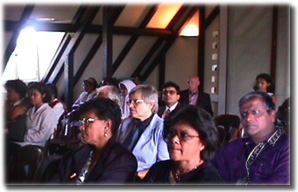
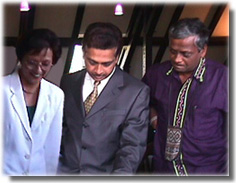
Mrs. Lynne Wong (from the MSIRI) who presented a paper on Indigo, Dr. Suddhoo (Director of MRC) and Mr. Indrasen Vencatachellum (Chief of the Division of Creativity & Cultural Industries & Copyright, from UNESCO/Paris)
